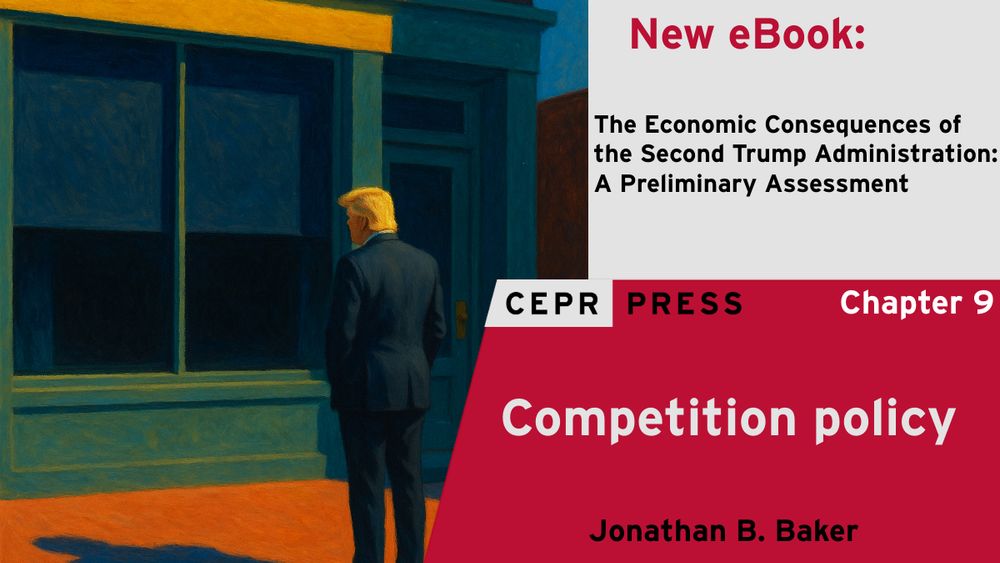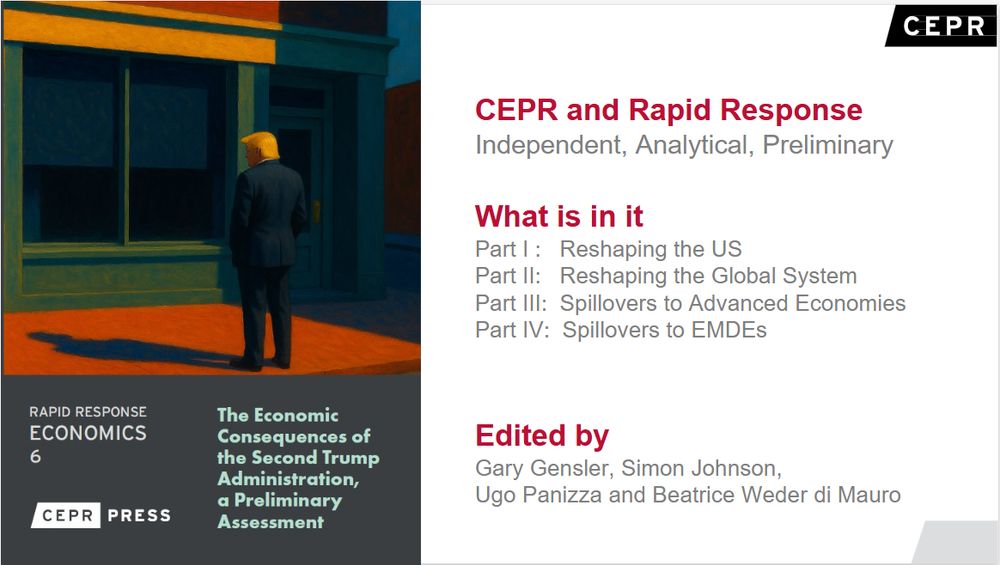Jonathan B. Baker
@jbbecon.bsky.social
910 followers
120 following
53 posts
Author, The Antitrust Paradigm: Restoring a Competitive Economy
Profile: https://www.american.edu/profiles/faculty/emer_jbaker.cfm
Posts
Media
Videos
Starter Packs
Reposted by Jonathan B. Baker
Reposted by Jonathan B. Baker
Tim Bresnahan
@timobres.bsky.social
· Aug 4
Reposted by Jonathan B. Baker
Reposted by Jonathan B. Baker
Reposted by Jonathan B. Baker
Reposted by Jonathan B. Baker
Jonathan B. Baker
@jbbecon.bsky.social
· Apr 29
Jonathan B. Baker
@jbbecon.bsky.social
· Apr 29
Jonathan B. Baker
@jbbecon.bsky.social
· Apr 29
Jonathan B. Baker
@jbbecon.bsky.social
· Apr 29
Jonathan B. Baker
@jbbecon.bsky.social
· Apr 29

Assistant Attorney General Gail Slater Delivers First Antitrust Address at University of Notre Dame Law School
Good afternoon. Thank you so much for having me. It is an honor to be here at Notre Dame to give my first formal address as Assistant Attorney General for the Antitrust Division. I’ve had many offers
www.justice.gov
Reposted by Jonathan B. Baker
ProMarket
@promarket.bsky.social
· Apr 11

Threats to Competition Policy in the Second Trump Administration: Is Antitrust Enforcement Following Alice Down the Rabbit Hole? - ProMarket
After the second Trump administration initially appeared to maintain significant continuity in antitrust enforcement, the president more recently thrust the agencies into turmoil. Those later actions ...
www.promarket.org
Jonathan B. Baker
@jbbecon.bsky.social
· Apr 11

Threats to Competition Policy in the Second Trump Administration: Is Antitrust Enforcement Following Alice Down the Rabbit Hole? - ProMarket
After the second Trump administration initially appeared to maintain significant continuity in antitrust enforcement, the president more recently thrust the agencies into turmoil. Those later actions ...
www.promarket.org
Jonathan B. Baker
@jbbecon.bsky.social
· Jan 27
Conduct that Increases Market Power Without Lessening Competition: A Challenge for Antitrust Law
Conduct that violates the antitrust laws usually lessens competition and increases market power. But some conduct increases market power without lessening compe
ssrn.com






